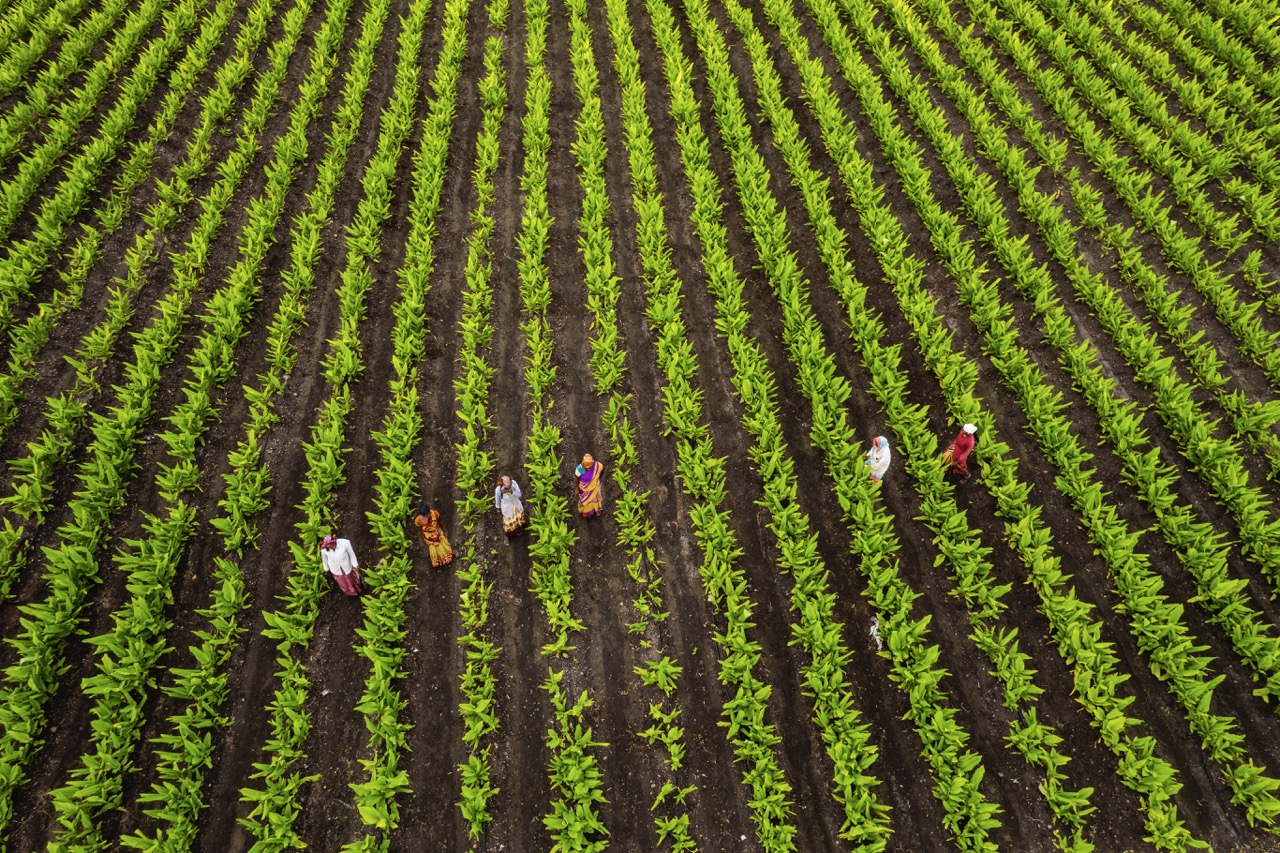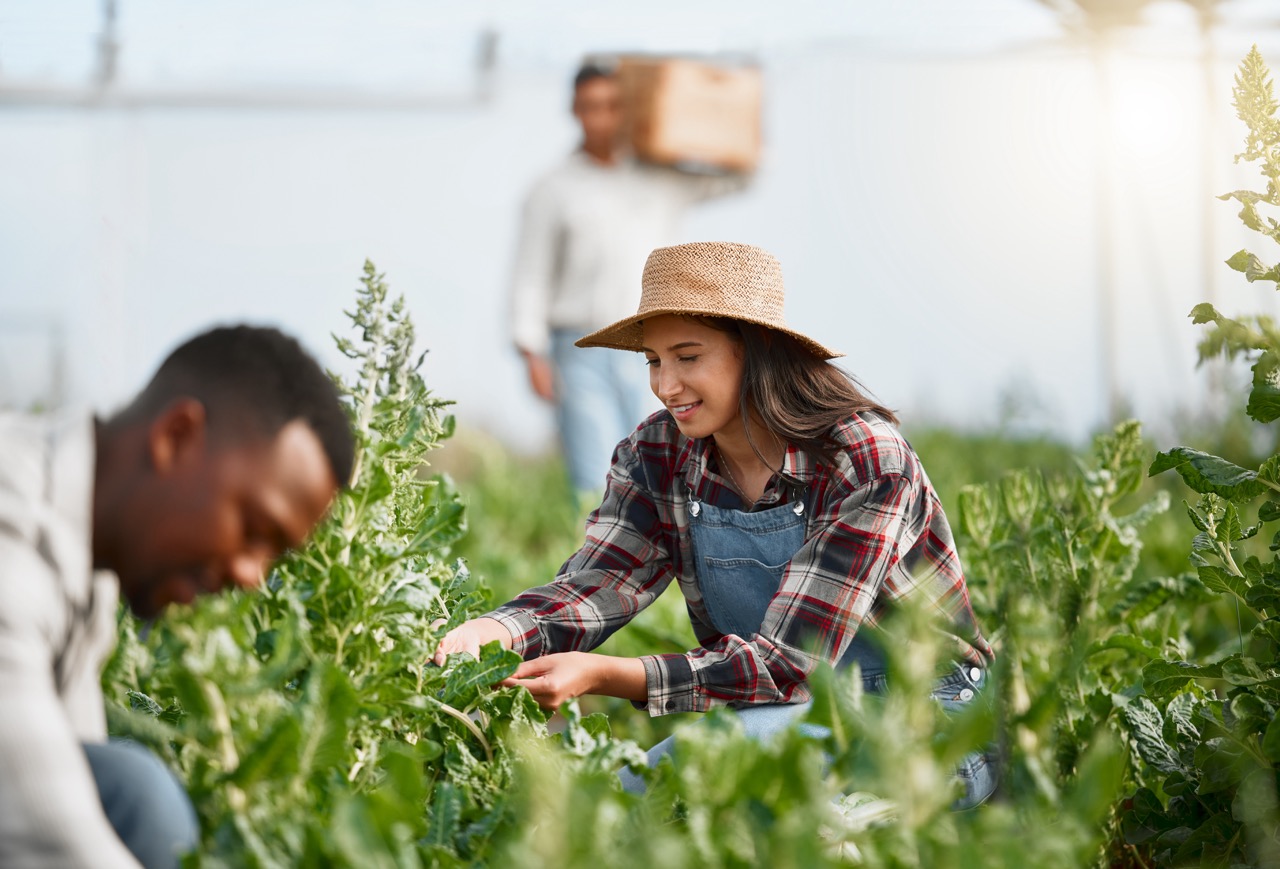As agricultural practices evolve, the traditional system of sharecropping remains a relevant topic of discussion, particularly in areas with deep-rooted farming customs. Sharecropping, where landowners provide land for cultivation in exchange for a share of the crops, is an arrangement that has historically offered opportunities for both landowners and tenant farmers. However, the advent of technology and changing economic conditions pose unique challenges and opportunities for modern sharecropping agreements. Balancing innovation with tradition is essential in ensuring that these agreements are sustainable and beneficial for all parties involved.
Understanding Sharecropping: A Blend of History and Future
Sharecropping has its roots in the post-Civil War South, where it emerged as a means to provide newly freed African Americans with an opportunity to cultivate land and generate income. This system allowed landowners, who often lacked the capital for farming, to secure labor without having to pay wages upfront. Over the years, sharecropping has evolved, adapting to the socio-economic landscape while retaining its fundamental structure of partnership between landowners and farmers. Understanding this historical context is crucial when considering how to modernize such agreements without dismantling the traditions that have shaped them.
In recent years, the sharecropping model has experienced a revival in various parts of the world, particularly in regions where land tenure issues persist. Today’s sharecropping agreements are not merely economic transactions; they embody relationships built on trust and mutual benefit. However, the future of sharecropping hinges on navigating the complexities of modern agricultural demands, climate change, and societal shifts. Stakeholders must recognize the blend of history and future possibilities as they craft agreements that reflect both legacy and progress.
Moreover, the evolution of sharecropping is also influenced by demographic changes, as younger generations of farmers seek new opportunities. This demographic shift presents a unique challenge: how to engage a new generation in traditional practices while integrating more innovative techniques and technologies. Thus, fostering a dialogue between experienced landowners and emerging farmers is essential to create a forward-thinking framework that honors tradition while anticipating future needs.
The Role of Technology in Modernizing Sharecropping Practices
As the agricultural sector increasingly embraces digital technologies, the sharecropping model is no exception. Precision agriculture, data analytics, and mobile applications are reshaping how farmers interact with their land and each other. For sharecroppers, technology can provide them with tools to monitor crop yields, manage resources efficiently, and even negotiate terms with landowners through transparent platforms. This technological integration not only enhances productivity but also fosters accountability within sharecropping agreements, which can sometimes be fraught with disputes.
For instance, remote sensing technologies can help sharecroppers make informed decisions about when to plant or harvest crops. These innovations empower farmers to optimize their yield, which benefits both parties in a sharecropping agreement, as higher yields translate into increased profits. Additionally, blockchain technology is being explored to simplify the distribution of profits and ensure that all parties receive their fair share promptly. Such innovations hold the potential to transform traditional agreements into more equitable and efficient partnerships.
However, the adoption of technology must be approached with caution. Landowners and farmers must work together to ensure that the technology used aligns with the local context and the specific needs of the agricultural landscape. Training and education are vital in this process, enabling all participants to harness technological advancements effectively. Therefore, a thoughtful integration of technology into sharecropping practices can enhance productivity and profitability while maintaining the integrity of the traditional model.
Preserving Cultural Heritage While Embracing New Ideas
The cultural significance of sharecropping cannot be understated; it is interwoven with the identities of many farming communities. As modern practices and technologies enter the scene, it becomes paramount to preserve the cultural heritage that defines sharecropping. This can involve documenting oral histories, maintaining traditional farming methods, and celebrating local customs through festivals and community gatherings. By honoring these traditions, stakeholders can create a sense of belonging and continuity that strengthens the social fabric of farming communities.
At the same time, it is crucial to invite new ideas and perspectives into the sharecropping dialogue. This can be achieved through inclusive discussions that involve not just landowners and farmers, but also local communities, agricultural experts, and policymakers. By fostering a collaborative environment, the integration of innovative practices can be achieved without losing sight of cultural values. The key is to find synergies that allow for the coexistence of tradition and innovation, reflecting the unique character of each community.
In doing so, stakeholders can create a framework that celebrates the past while paving the way for future generations. Encouraging intergenerational knowledge transfer allows experienced farmers to share their insights while also providing a platform for younger farmers to introduce fresh ideas. This dynamic exchange nurtures a rich agricultural culture, ensuring that the essence of sharecropping remains intact even as it evolves to meet contemporary challenges.
Strategies for Creating Sustainable Sharecropping Agreements
To ensure the longevity and sustainability of sharecropping agreements, stakeholders must adopt a proactive approach. One effective strategy is to establish clear terms from the outset, detailing the responsibilities and expectations of both parties. This clarity can help mitigate misunderstandings and disputes, fostering a cooperative spirit that is essential for a successful partnership. Regular check-ins and assessments of the agreement can also help parties adapt to changing circumstances, ensuring that the arrangement remains relevant over time.
Another strategy involves incorporating sustainable agricultural practices into sharecropping agreements. This can include crop rotation, organic farming techniques, and water conservation methods. By integrating sustainability into the framework, both landowners and farmers can benefit from healthier soils and increased biodiversity, ultimately leading to more resilient farming systems. In this way, the sharecropping model can serve as a vehicle for promoting environmental stewardship alongside economic viability.
Education and training play a crucial role in sustaining sharecropping agreements as well. Providing resources for both landowners and farmers to learn about evolving agricultural practices, market trends, and technological advancements can enhance their capacity to navigate challenges together. Workshops, community meetings, and online resources can serve as platforms for knowledge sharing, fostering a community of support that strengthens the sharecropping model. Ultimately, these strategies can help cultivate partnerships that are not only economically viable but also socially and environmentally responsible.
The balance between innovation and tradition in sharecropping agreements is a delicate one, requiring thoughtful consideration and collaboration among all stakeholders. By understanding the historical context of sharecropping, embracing technological advancements, preserving cultural heritage, and implementing sustainable strategies, the future of this agricultural practice can thrive. As communities navigate the complexities of modernization, they have the opportunity to redefine sharecropping in a way that honors its legacy while paving the way for a prosperous and equitable future in agriculture.










